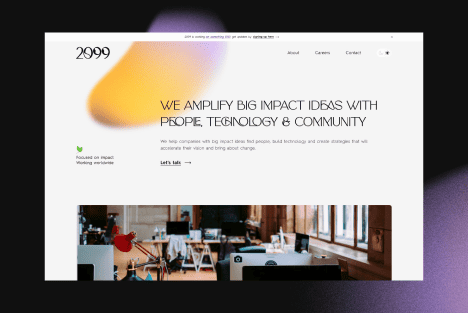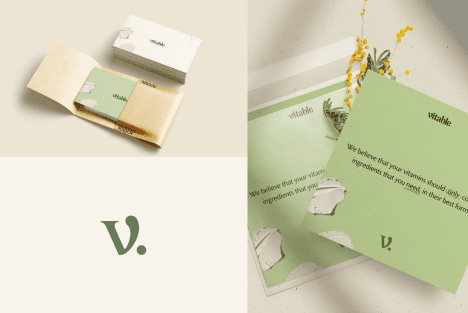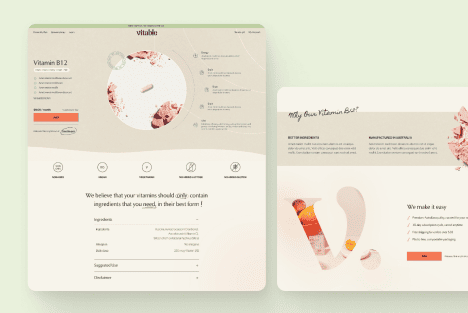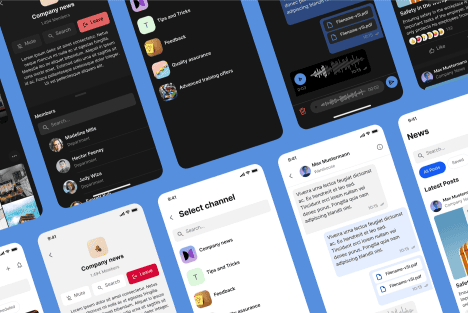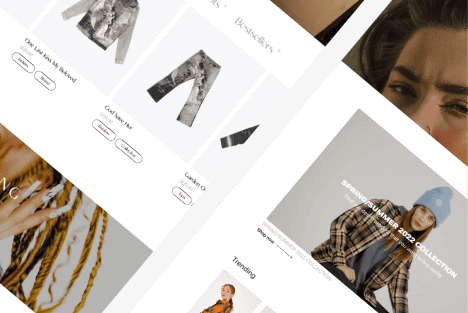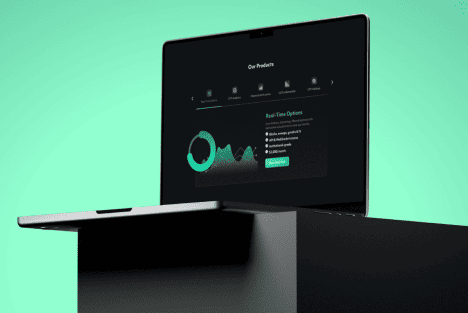How Has AI Been Affecting UX Design?
At Almax, we’re always looking at how emerging technologies are shaping the design landscape, especially when it comes to UI/UX Design. One of the biggest game changers in recent years? AI. It’s not just a tech trend—it’s fundamentally transforming how we approach designing websites, mobile apps, and platforms. Whether you’re a startup launching a new product or a larger company ready for a complete redesign, understanding how AI has been affecting UX design is essential for staying ahead of the curve.
In this article, we’ll explore the ways AI is impacting personalization, speeding up user research, enhancing design efficiency, and making products more inclusive. At Almax, our goal is to deliver creative design solutions that push the boundaries of what’s possible in digital experiences. As we dive deeper into AI’s influence, you’ll see how this technology is reshaping the development process and why it’s a must-have for any innovative project.
AI-Powered Personalization: Tailoring the Future of User Experience
One of the most exciting ways AI has been affecting UX design is through personalization. It’s no longer about designing for the “average” user. With AI, user experiences can be highly tailored, adjusting in real-time based on individual behaviors, preferences, and needs.
How AI is Shaping the Future of User Experience
AI offers the ability to create dynamic user interfaces that adapt based on interactions. For example, AI algorithms can analyze how a user navigates a website or app and make personalized recommendations. This isn’t just a “nice to have” feature anymore—it’s expected. In fact, 80% of consumers are more likely to purchase from a company that offers personalized experiences.

How Startups Can Use AI-Driven Personalization
Startups, in particular, can leverage AI to boost engagement without having huge design teams. Tools like Adobe Sensei or Google’s AI-powered UX tools allow companies to deliver personalized experiences at scale. These tools can recommend content, products, or even design changes that are most likely to resonate with each individual user.
Large Companies Leading the Way
Major brands like Netflix and Amazon are great examples of companies using AI for hyper-personalized experiences. Netflix’s recommendation engine, driven by machine learning, keeps users hooked by predicting what they’ll want to watch next. These algorithms constantly evolve based on the user’s past behaviors and preferences, setting a benchmark for the future of UX design.
How is AI Transforming the Future of UX Design?
The future of UX design is being shaped by AI’s ability to automate, personalize, and improve the efficiency of design processes. AI is no longer just a tool for analytics—it’s a creative partner that helps designers craft intuitive and engaging user interfaces.
Revolutionizing Design Processes
AI is transforming how we approach user experience. For example, AI can automate repetitive design tasks, freeing up designers to focus on more creative aspects. Tools like Sketch2Code convert hand-drawn sketches into working HTML code, speeding up prototyping.
At Almax, we are constantly exploring how AI can help clients avoid pitfalls associated with bad UX by offering smarter, data-driven solutions.
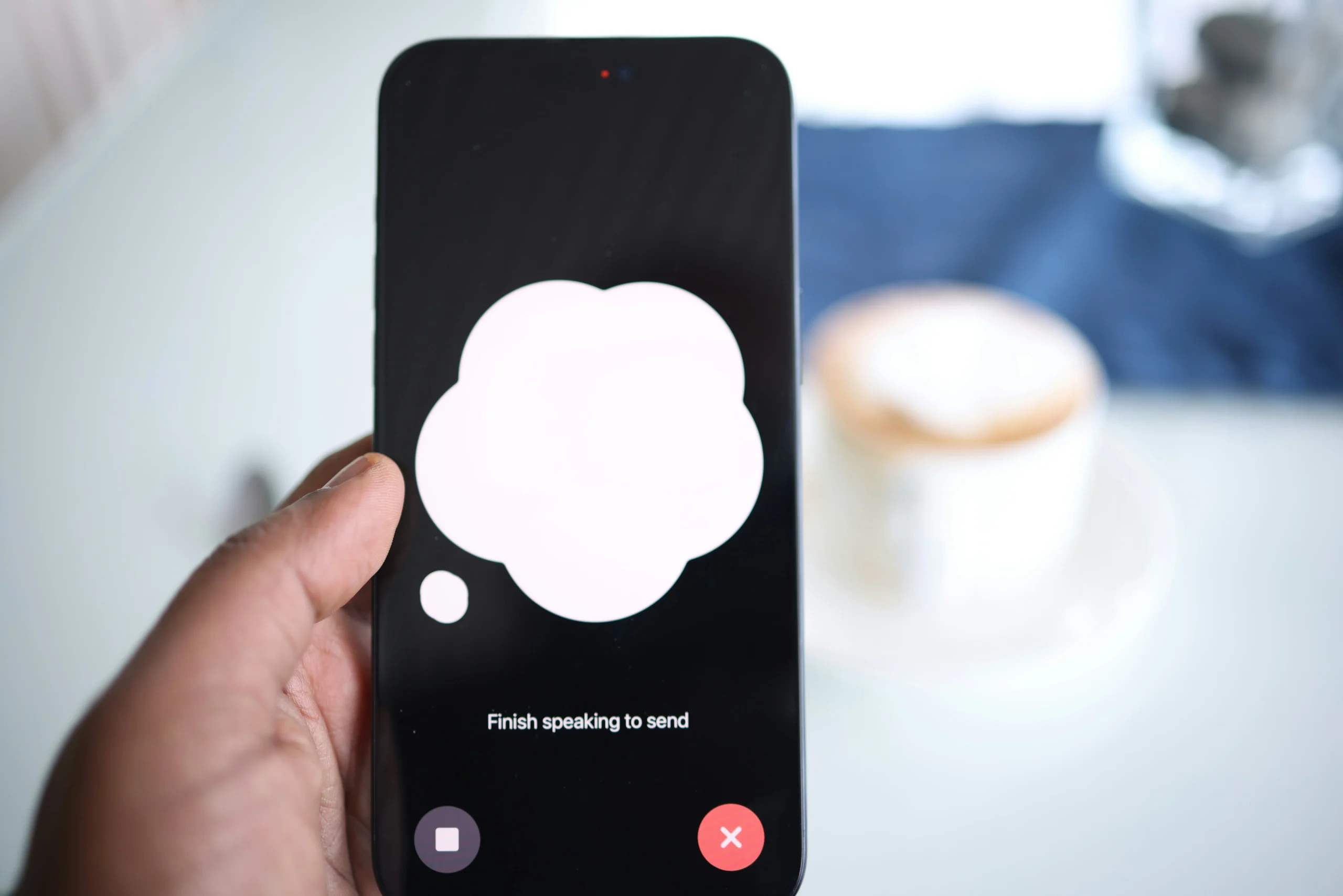
Key Areas Where AI Will Continue to Influence UX
- Automation: AI will continue to reduce the time spent on wireframes and prototypes by offering design suggestions based on user data.
- Predictive analytics: AI will help forecast trends and user behavior, making UX design more data-driven.
- Voice interfaces: As voice recognition improves, we’ll see more companies incorporating voice UX into their digital products.
Automation in User Research: Speeding Up Insight Collection
Gathering user insights can be a time-consuming process, but AI tools have revolutionized how quickly and accurately designers can collect this data. By automating user research, designers can focus on creating better user experiences.
AI Tools for Research and Feedback
AI-powered tools like Hotjar and UserTesting provide heatmaps, session recordings, and real-time feedback, allowing designers to quickly see how users interact with their products. These insights are invaluable, as they help teams make data-backed design choices.
Benefits for Startups and Large Companies
For startups, AI tools reduce the need for large UX research teams, speeding up the iteration process. For larger companies, AI offers scalability, providing the ability to gather insights across multiple products and markets simultaneously, just like some of the most inspirational brands in the world.
Predictive Analytics: Shaping UX Design Choices with Data
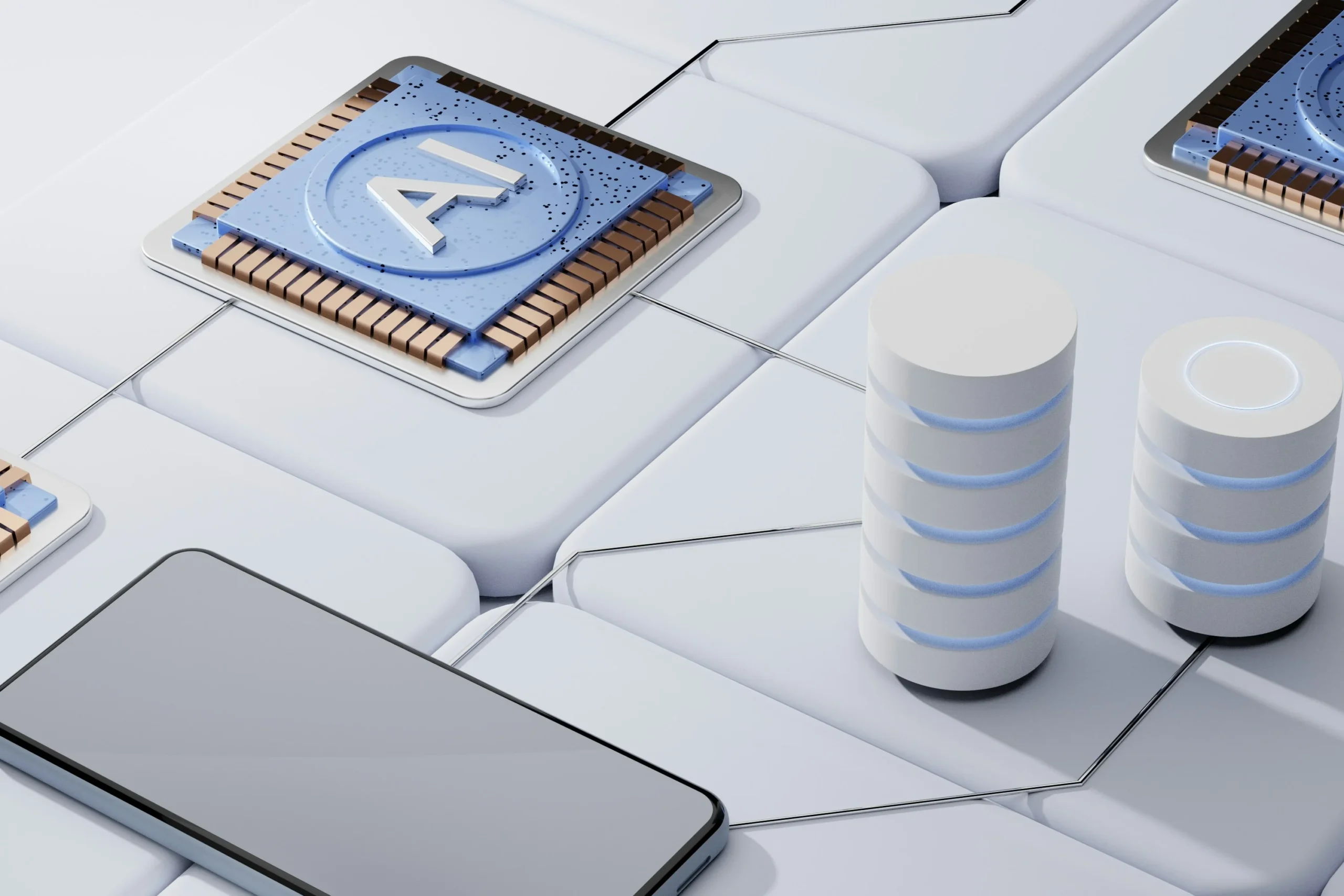
Predictive analytics is one of the most powerful ways AI has been affecting UX design. By analyzing past user data, AI can predict future behaviors and preferences, allowing designers to create experiences that feel intuitive and proactive.
Forecasting User Behavior
Predictive analytics tools like Mixpanel and Amplitude analyze user interactions to forecast future trends. This helps designers make informed decisions about layout, content, and functionality. For instance, if data suggests users often abandon a certain feature, predictive analytics can flag it for improvement.
Optimizing UX for Better Results
AI-driven analytics allow both startups and large enterprises to optimize their UX by continuously learning from user interactions. This real-time feedback loop ensures that companies are always refining and improving their designs.
AI-Driven Prototyping: Creating Faster and Smarter Design Iterations
Speed is critical in UX design, and AI has made it possible to accelerate the prototyping phase. AI-powered tools help designers generate multiple design iterations quickly, providing options for A/B testing and refinements without much manual input.
Faster Prototyping for Startups
Startups can benefit greatly from AI-driven prototyping. Tools like Figma and InVision have integrated AI features that automate many aspects of the design process, making it faster and more efficient to test ideas.
Scaling AI-Assisted Prototyping for Large Projects
Large companies can use AI to handle complex design projects with multiple stakeholders. AI tools ensure that everyone is on the same page by providing quick mockups and visualizations of different design paths, making collaboration seamless.
Voice and Conversational UI: Enhancing User Interaction Through AI
As AI continues to evolve, voice and conversational interfaces are becoming integral to UX design. With the rise of voice assistants like Siri and Alexa, users now expect seamless voice interactions across devices.
Voice Interfaces in UX Design
AI allows for more natural and efficient conversational interfaces. Startups and large companies alike are integrating voice UX to enhance accessibility and improve user engagement.
The Future of UX Design with Voice
As voice recognition becomes more accurate, voice-controlled interfaces will likely become a key part of the UX landscape, making interactions faster, hands-free, and more accessible.
AI for Accessibility: Designing for Inclusivity
AI is not just making designs smarter—it’s also making them more inclusive. AI-powered accessibility features help ensure that all users, regardless of their abilities, can navigate digital platforms with ease.
AI and Inclusive Design
Tools like Apple’s VoiceOver provide visually impaired users with screen-reading capabilities, making digital products more accessible. This inclusivity is crucial for both startups looking to broaden their user base and large companies adhering to accessibility standards.
AI and Ethical Considerations: Balancing Innovation with Privacy
While AI offers incredible opportunities, it also raises ethical concerns. Issues like data privacy and algorithmic bias are critical when implementing AI in UX design.
Ensuring Ethical AI in UX
It’s essential for companies to handle user data responsibly. Best practices include anonymizing data and ensuring that AI models don’t reinforce existing biases. Transparency is key—users should know how their data is being used.
Building Trust While Innovating
Whether you’re a startup or a large corporation, building trust with users is essential. Ethical AI practices will not only protect user data but also build brand loyalty, ensuring long-term success.
Conclusion: How Has AI Been Affecting UX Design?
In conclusion, AI is revolutionizing the way we approach UX design, offering exciting possibilities for personalization, automation, and inclusivity. From startups launching new digital products to large companies redesigning complex platforms, AI provides powerful tools to streamline workflows, enhance user experiences, and predict future behaviors. As this technology continues to evolve, staying ahead of these trends is key to delivering exceptional, forward-thinking designs that meet users’ ever-growing expectations.
At Almax, we are passionate about helping businesses harness the potential of AI to transform their digital experiences. If you’re ready to explore how AI can elevate your next project, contact Almax today, and let’s create something extraordinary together.
